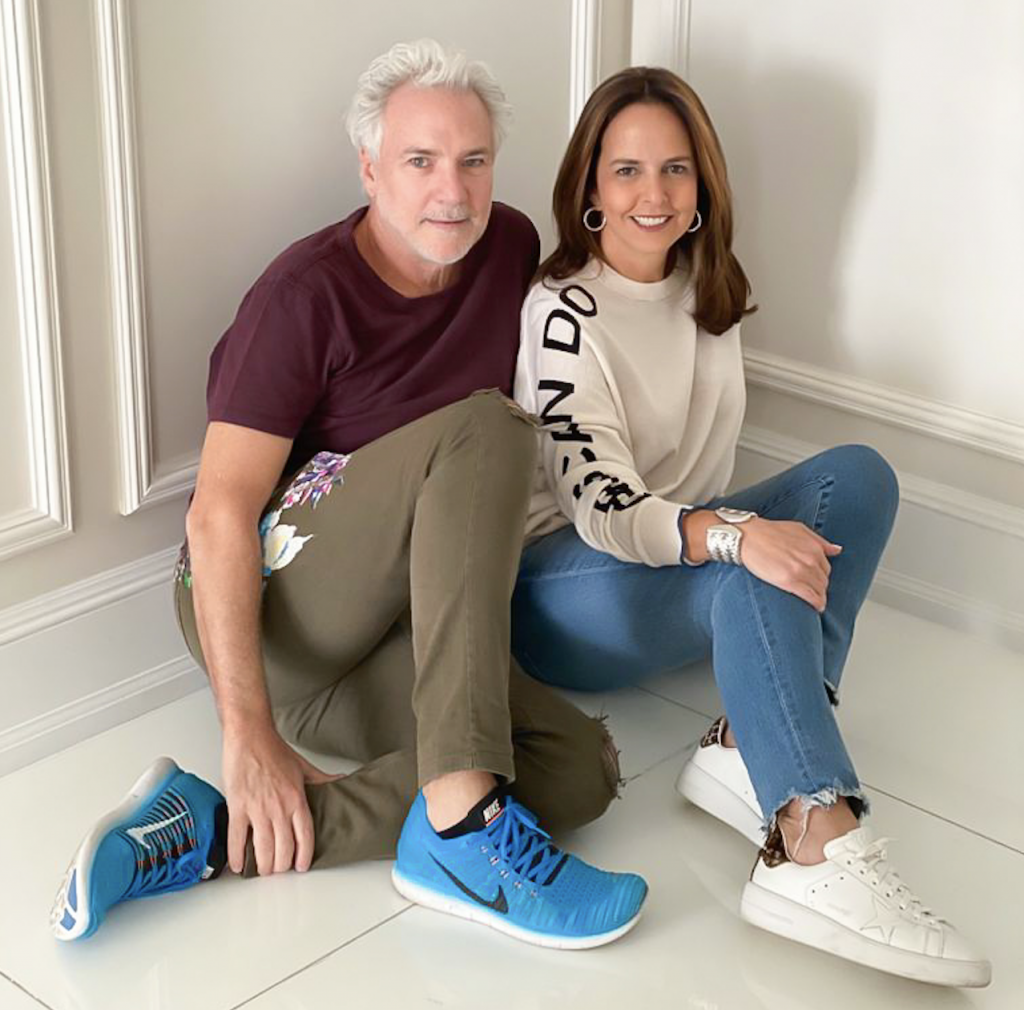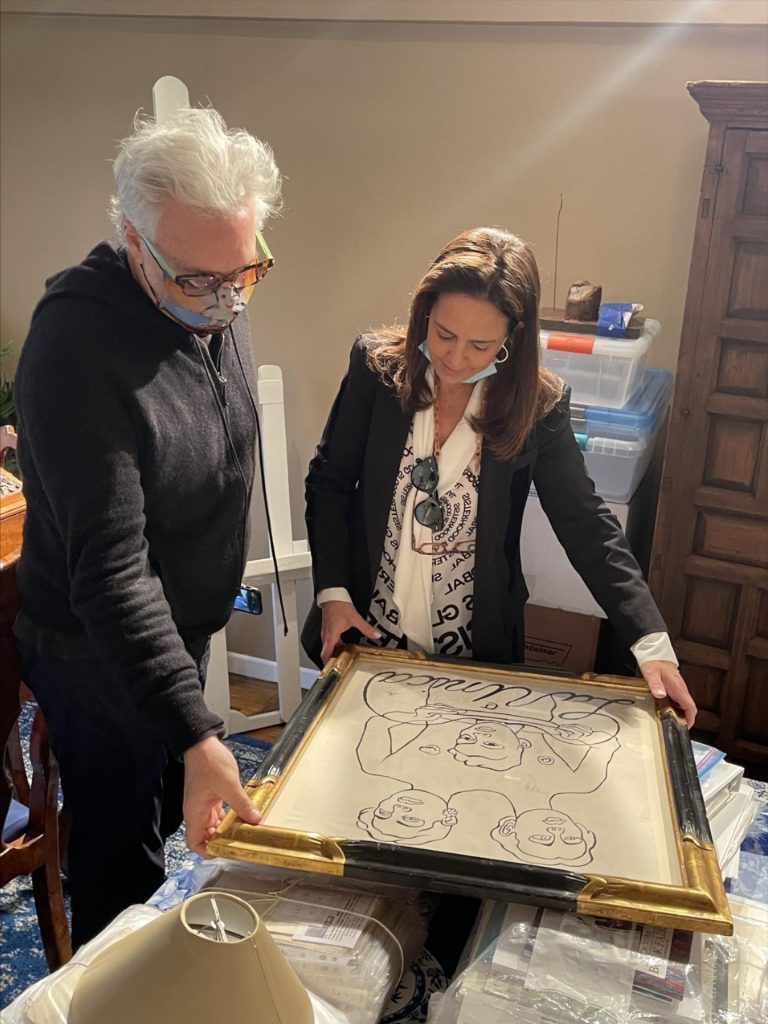Art World
15 Minutes With Two Price Database Power Users: Raphael Castoriano and Solita Cohen on Why the Latin American Art Market Will Blossom
The curators of our latest Artnet Auctions sale talk about the art market, collecting, and more.

The curators of our latest Artnet Auctions sale talk about the art market, collecting, and more.

Artnet Price Database Team

There is only one tool trusted by art world insiders to buy, sell and research art: the Artnet Price Database. Its users across industries—from auction houses to museums, galleries, and government institutions—represent the art world’s most important players. We’re taking 15 minutes to chat with some of the Artnet Price Database’s power users to get their take on the current state of the market and how they’re keeping up with the latest trends.
For Raphael Castoriano and Solita Cohen, devoting their lives to the arts was not a career choice, but a passion and a state of mind. The art-world multi-hyphenates and longtime friends have worked in various sectors of the trade, as advisors, creators, and collectors. Raphael is the founder and creative director of Kreëmart, a collaborative organization that produces “happenings,” while Solita is a collector and patron of the arts who supports Latin American artists and curators through the Misol Foundation.
In their most recent endeavor, the duo has teamed up with Artnet Auctions to lend their expertise as curators of our first Art of the Americas sale. Live now through April 13, the auction presents a diverse range of works by artists from the vast regions of North, Central, and South America, including Federico Herrero, Henry Taylor, Ana Mendieta, Roberto Matta, Jesús Rafael Soto, and many more—click here to bid.
Read on to learn about the inspiration behind Raphael’s Kreëmart, discover Solita’s advice to new collectors, and hear how they imagine the art market will develop in the coming years.
What is the proudest or most memorable moment in your career?
Raphael Castoriano: When I organized Marina Abramovic’s 75th birthday party at the Guggenheim Museum in New York.
Solita Cohen: The most memorable moments in my career were to see young artists I believed in grow and became triumphant in the art world.
Raphael, in 2009 you founded Kreëmart, a collaborative entity that introduces contemporary artists to the medium of sugar. What inspired you to found Kreëmart?
RC: It all began when I was bored at a museum dinner. Something told me that I could work with artists and create something out of the medium of sugar. I was fascinated by the idea that like art, sweets are not a necessity, but a luxury, and from there I started producing the Kreëmart “happenings.” Over the past 10 years, we have collaborated with over 100 artists and brands, and have shown at art fairs and museums all around the world.
Solita, throughout your career you have worked tirelessly to strengthen the careers of emerging Latin American artists. What do you see as the most important resources for an artist to gain success in the market?
SC: First off, the artist needs good visibility, online and across all different viewing platforms. They need their work to be exposed to the public and seen by collectors. It is also very important to have a mentor to help them develop their personal image and style. And entering the market as soon as possible, namely the online art market, will help to build and strengthen their careers.

Raphael and Solita are long-time professional partners and friends. Courtesy of Raphael Castoriano.
Raphael, you have a keen ability to predict trends within the art world. What or who do you anticipate will break through in 2021?
RC: NFTs are breaking through as we speak, but I think the most drastic change will be the overhaul of the current art-world system. The next big trend will be the way artists connect with their audience. They will no longer have to subscribe to the bureaucratic formulas of the past. They will have the freedom to create their own marketplace through what I call “art in the clouds.”
Solita, as an avid collector and patron of the arts, what is one piece of advice that you would give to a new collector?
SC: To see and experience art in person as much as possible. The practice of looking at art will help to train the eye and develop your own unique taste and style. This process is what gives you the ability to differentiate between your likes and dislikes, but I would say overall, you must balance a learned knowledge with your own heart and feelings.
How do you both envision the development of the South and Central American art markets over the next five years?
RC: Central and South American markets have survived the Covid-19 lockdown, proving to themselves and the world that they are a part of a strong internal network. There will continue to be a big surge in this region over the next five years due to their stable self-reliance and steady growth.
SC: It’s going to develop a lot quicker than it has in the past. I’ve seen this market growing steadily over the years as the world is turning its attention towards the artists of this region. People from other countries are now interested in our culture and in collecting our art. The South and Central American art markets are no longer thought of as a niche category, but are becoming a part of the global conversation.
What was the first piece of art that you ever purchased? What is your favorite piece in your collection?
RC: The first piece I ever purchased was myself. I am a work of art. I don’t have a single favorite. I have a plethora of favorites that’s constantly shifting and expanding with my state of mind.
SC: The first piece of art I ever purchased was by Guillermo Kuitca, but my favorite piece in my collection is a secret.
What was the last thing you searched for in the Price Database?
RC: Garance Werthmuller.
SC: Robert Indiana.